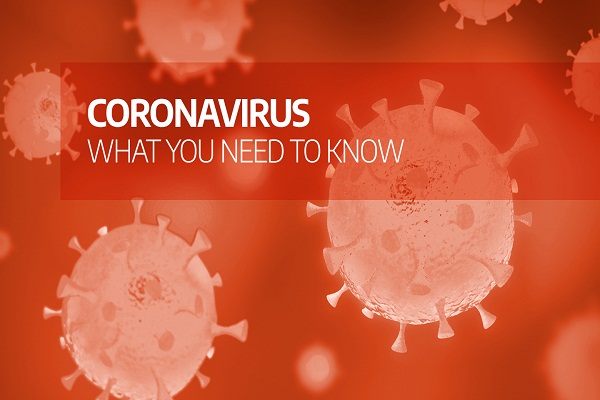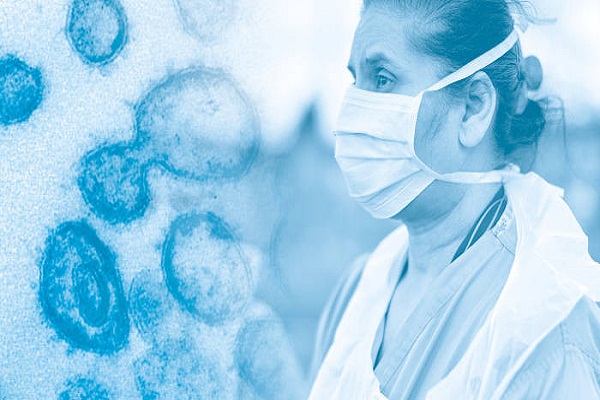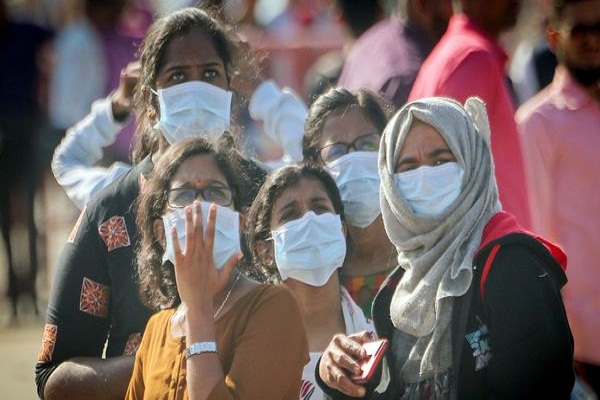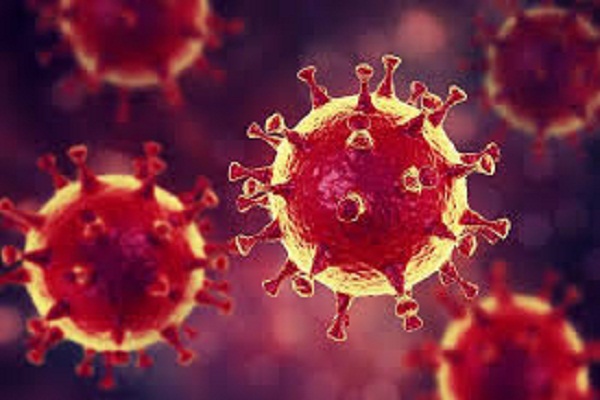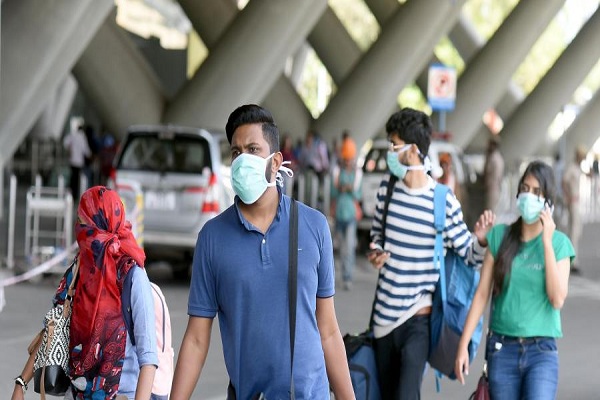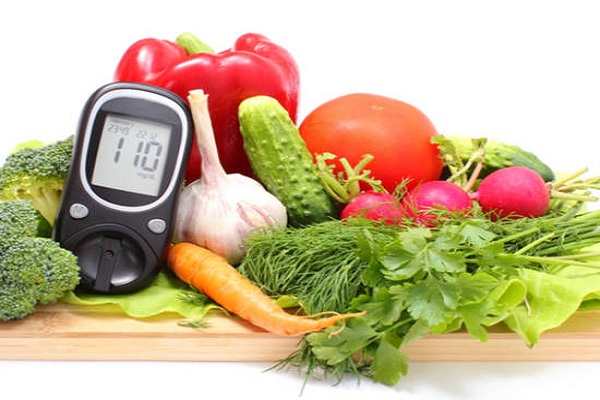
Diabetes has become a disease in public health that is fast approaching epidemic proportions worldwide. It is a disease that occurs when blood glucose is too high, also known as blood sugar. Insulin, a pancreas-made hormone, helps food glucose get into the cells for energy use. Our body sometimes does not produce enough insulin or use insulin well.
Glucose is then left in our blood and does not reach to our cells. Over time, having too much blood glucose can cause problems with our health. Although there is no cure for diabetes, we should take steps to treat and stay healthy.

Often people call diabetes as “a touch of sugar” or “borderline diabetes.” These words indicate that there is no such thing as no diabetes or a less severe case, but every case of diabetes is serious.
Dr Vinod Kumar Tiwari, Head of Research & Development, Planet Herbs Lifesciences Pvt Ltd states “Generally, people at risk of diabetes are often checked at the office of their doctor. The risk factors are slightly different for different groups about when and how often to monitor. Almost all of the time, we’re using a hemoglobin A1C check that shows us how you’ve handled your sugars over the past 3 months. The test can also tell your doctor how likely it is that in the near future, you will develop diabetes the higher the level, the more likely it will be. The key measures to cure prediabetes are the same ones that we’re thinking about the above weight loss if you’re overweight, regular exercise, and a balanced diet.”
Different types of diabetes are:

Type 1 Diabetes
When we have type 1 diabetes, insulin is not released by our body. The immune system attacks and kills insulin-producing cells in our pancreas. Also known as juvenile diabetes, it may occur at any age. Individuals with type 1 diabetes should take insulin every day to stay alive. It may cause dehydration too, if the blood produces extra sugar, we pee more and this way the body gets rid of it. With that sweat, a huge amount of water goes out, allowing the body to dry out. Type 1 diabetes also contributes to loss of weight as when we pee, the insulin that comes out brings calories with it. That’s why a lot of people lose weight with high blood sugar.
Type 2 Diabetes
When we have type 2 diabetes, insulin is not developed or used well by our body. At any time, even during childhood, we could develop type 2 diabetes. Nonetheless, in middle-aged and older people, this form of diabetes happens most often. It is the most common type of diabetes. The exact cause of type 2 diabetes is still undetermined, but increased appetite, increased thirst, increased urination, blurred sight sores tiredness that are slow to heal are some of the causes of recurrent infections.
Gestational Diabetes
Gestational diabetes is high blood sugar in the blood (glucose), which occurs during pregnancy and usually disappears after birth. It may occur at any stage of pregnancy, but in the second or third trimester, it is more common. This occurs if the body is unable to produce sufficient insulin, a hormone that helps control blood sugar levels to meet our pregnancy needs. It may cause problems for both mother and child, but if the disease is detected early and well handled, the complications can be minimized. This kind of diabetes typically does not have symptoms. Some cases will only be identified if blood sugar levels are checked for gestational diabetes during testing. Many women may develop symptoms if their blood sugar levels (hyperglycemia) are too high, such as an increased thirst for dry mouth and tiredness more often than normal. When you have gestational diabetes, the blood sugar levels can reduce the chances of having problems with your pregnancy. A blood sugar test kit to track the drug levels can help in monitoring the effect of treatment, changing the diet and exercise routine can reduce blood sugar levels. However, if the blood sugar levels are not lowered enough by these changes, we are required to take medicine. This can be tablets or injections of insulin. During pregnancy and birth, it requires close will monitoring to check for potential problems.
If a woman has gestational diabetes, it is best before 41 weeks to give birth. If labor does not start naturally by this time, it may be recommended to induce labor. Early delivery may be recommended if there are concerns about the health of the child or if the levels of sugar in the blood has not been properly controlled. The doctor usually checks the blood sugar levels between the 24thand 28thweeks of the pregnancy in order to treat gestational diabetes. Blood sugar will be tested for an hour after we have had a sugar solution during the glucose observation test. The blood sugar will be tested after we fast overnight during the 3-hour glucose tolerance test and then we are recommended to drink sugar.
Self-monitoring levels of blood sugar are key to the effective management of diabetes. It helps to control meal planning, physical activity, and when to take medication, including insulin. Although blood glucose (SMBG) self-monitoring devices differ, they typically include a meter and test strip to produce readings and a lancing device to poke the skin to get a small amount of blood.
In each case, adhere to a meter’s specific instructions as machines may vary. Many of the devices on the market are subject to the following precautions and steps:
1. When touching the test strips or meter, make sure both hands are clean and dry. Do not use a test strip more than once and hold it in its original canister to prevent any additional moisture affecting the result.
2. After testing, keep canisters closed.
3. Also, check the date of expiry. Older meters may require pre-use coding. Test to see if this is required by the computer currently in use.
4. In a dry, cool area, store the meter and strips. Include the meter and strips in appointments so that their effectiveness can be checked by a primary care doctor or expert.
Observation
Diabetes is a chronic, severe condition. Although diabetes itself is manageable, its complications can have a severe impact on daily living, and some can be fatal if not promptly treated. Diabetes complications include eye problems with dental and gum disease and problems with vision loss, including numbness, leading to ulcers and untreated wounds and nerve damage to heart disease, such as diabetic neuropathy of the stroke of the kidney.
Monitoring blood glucose levels consistently and moderating glucose consumption can help people avoid complications of type 2 diabetes that are more harmful. Taking medication is the only way to mitigate and monitor the symptoms of the disease for those with type 1 diabetes.
Diabetes is a life-changing condition that requires careful management of blood sugar and a healthy lifestyle to manage it properly. Try meditation to reduce stress cortisol, epinephrine, and glucagon hormones increase during stress, resulting in increased blood glucose and insulin antagonization. Type I happens when there is no insulin in the system. Type 2 occurs when excess food intake fills the blood supply with sugar and reduces insulin production and efficacy. Drinking occasionally a beer or wine glass, one drink per day for women, two for men is not harmful leads to a lower risk of type 2 diabetes.
People may take additional insulin to control the condition and improve the absorption of glucose. Poor sleep and sleep deprivation increase the risk of diabetes and obesity. If a person has prediabetes, through regular exercise and eating real food instead of processed food like fruits, vegetables, fish, meat, seeds, and nuts will help to avoid refined carbohydrates, added sugars, and trans fats promoting unhealthy weight gain and increased diabetes risk.
(Writer is Dr Vinod Kumar Tiwari, Head of Research & Development, Planet Herbs Lifesciences Pvt Ltd. Views expressed are a personal opinion.)
Be a part of Elets Collaborative Initiatives. Join Us for Upcoming Events and explore business opportunities. Like us on Facebook , connect with us on LinkedIn and follow us on Twitter , Instagram.



